Inside the Room Where Creativity Gets Judged: Tanvi Shah’s Creative LIAisons Experience
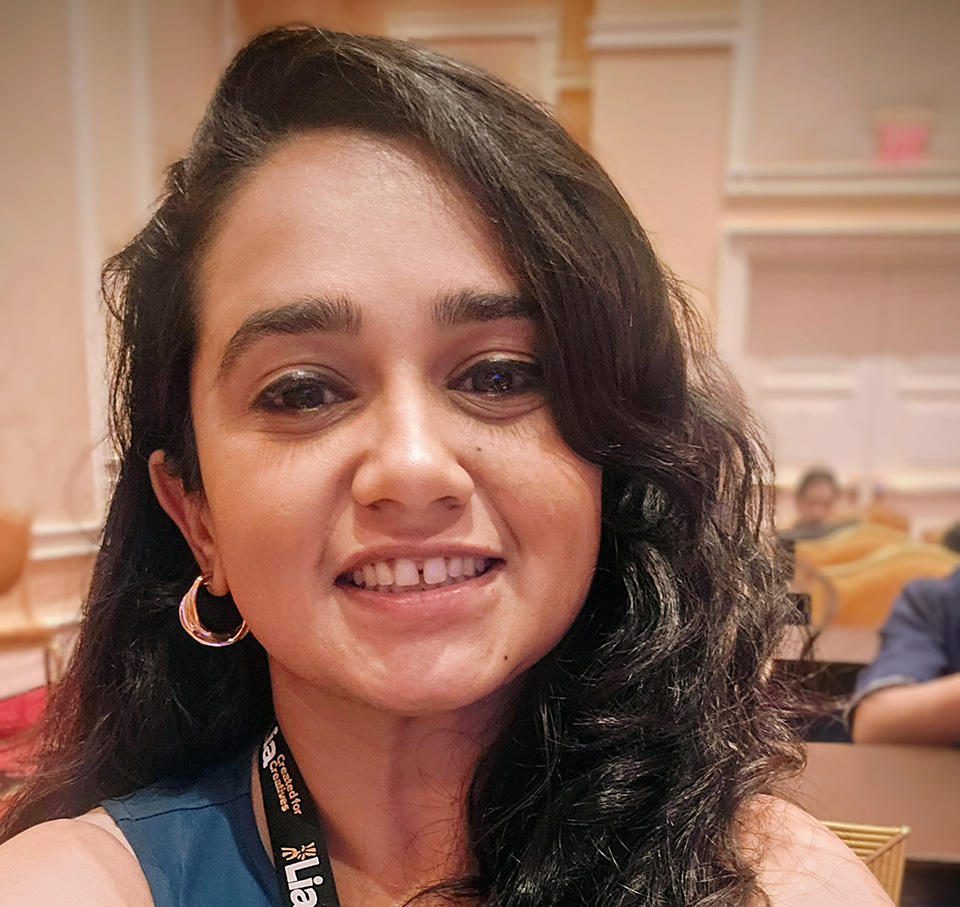
Freelance Creative Consultant, Tanvi Shah was one of 130 young creatives from around the world who took part in the 2025 Creative LIAisons global education program. Here Shah describes the amazing experience of taking part in the London International Award’s global coaching academy.
The first thing you notice when you walk into a live awards jury session isn’t the screens or the equipment or even the work being judged. It’s the silence. That thick, concentrated silence of people watching something intently, evaluating it with decades of experience compressed into a few minutes of judgment.
I sat in that silence for hours during Creative LIAisons 2025 in Las Vegas, watching some of the industry’s most respected CCO’s debate whether a piece of work deserved recognition and if so, how much. It was intimidating, illuminating, and completely addictive.
This is what they don’t teach you in advertising school.
Why Being a Shadow Juror Changes Everything
Creative LIAisons is one of the few programs globally that gives young creatives access to live jury rooms. Not recordings. Not highlights. The actual, real-time process of watching work get evaluated, scored, debated, and decided upon.
I was assigned to the TV & Cinema and Online Film categories, and over the course of the judging days, I watched the jury review hundreds of entries. Some flew through with unanimous high scores. Others sparked fierce debate. A few that initially seemed unremarkable became dark horses after one juror championed them with such conviction that the entire room reconsidered.
Here’s what that teaches you that no amount of case studies or behind-the-scenes articles can: the why behind the win.
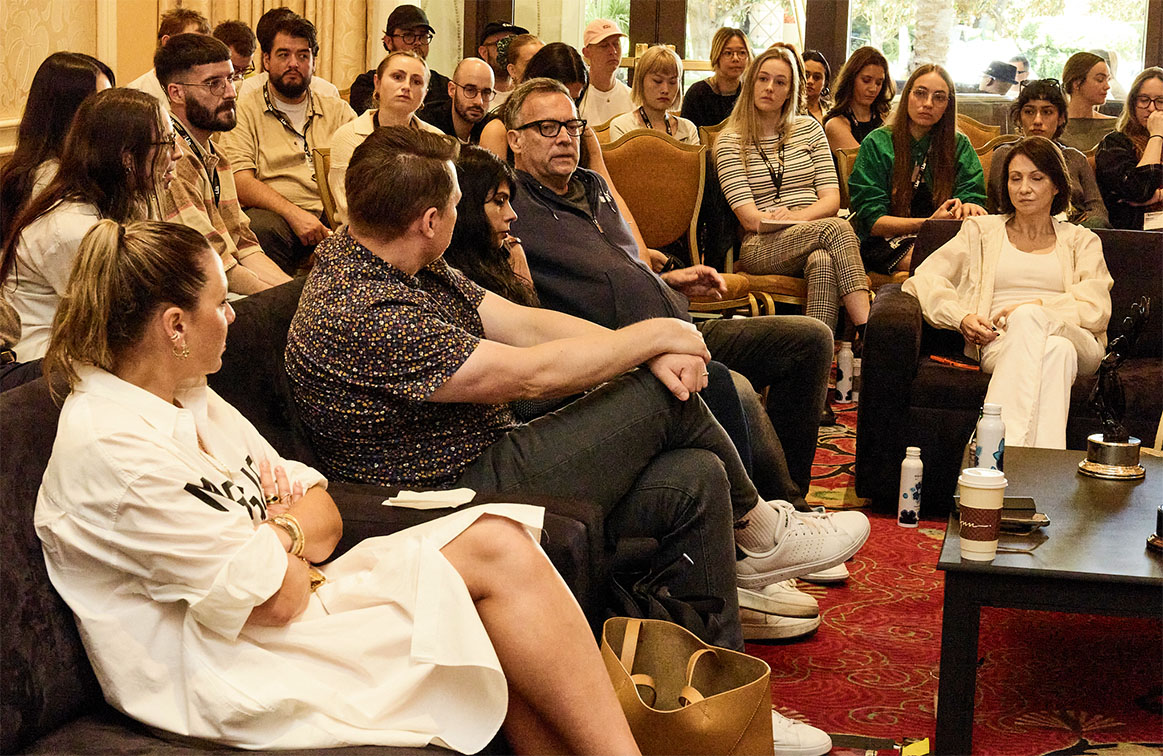
The Pattern I Noticed: Emotion Trumps Everything
Technical excellence is table stakes. Every film in the room had decent craft. But the ones that moved from Shortlist to Bronze to Silver to Gold? They made jurors feel something immediately and intensely.
One film made a juror laugh out loud, genuine, involuntary laughter. Another made the room go completely quiet, that heavy silence that means everyone’s processing something that hit deep. Those films didn’t just score well; they sparked conversation that extended beyond the official judging criteria.
A juror articulated it perfectly: “If I can predict every beat before it happens, it doesn’t matter how beautiful it is. Show me something I haven’t seen before, or show me something familiar in a way that makes me see it differently.”
The Power of One Passionate Voice
The most valuable lesson from the jury room? How one person’s conviction can shift the entire outcome.
I watched a film get scored as a Shortlist by most jurors : solid work, but not outstanding. Then one juror spoke up: “I think we’re missing something here. Look at the restraint in the editing. Most brands would’ve crammed this with cuts and music and voiceover. This trusts the audience. That’s rare.”
The room watched again. The silence was different this time, more focused. Scores moved up. What was headed for a Shortlist became a Bronze.
This taught me something crucial: in our agencies, we need to be that voice. Not contrarian for the sake of it, but willing to advocate for work we believe in, to point out what others might be missing, to defend ideas with specificity rather than just “I like it.”
Disagreement Without Disrespect
The jurors didn’t always agree, and that was the point. But I never once heard dismissiveness. No “that’s stupid” or “you’re wrong.” Instead: “I see it differently because…” or “Help me understand what you’re responding to.”
One debate got particularly intense around a film’s cultural relevance. A juror from Asia felt it would land differently in their market. A juror from Europe pushed back, arguing that great ideas transcend geography. The conversation that followed was nuanced, respectful, and illuminating—they weren’t trying to “win” the argument, they were trying to arrive at the fairest evaluation.
This is the culture we desperately need in Asia’s creative industry. Where different perspectives sharpen work rather than shut it down. Where we can challenge each other without making it personal.
The Masterclass Sessions: Wisdom That Actually Applies
Beyond the jury room, Creative LIAisons packed in sessions with industry leaders who’ve built careers worth studying. But this wasn’t the usual conference circuit where speakers promote their agencies’ latest work. This was raw, honest, and practically applicable.
Rey Tiempo on Gaming: “You Don’t Need to Be an Expert”
Rey Tiempo, CCO of Minotaur Manila, delivered one of the most energizing sessions of the week on bringing brands into gaming spaces authentically. His core message was liberating: “You don’t have to be a gaming expert to create great gaming work. Listen to the Gen Z gamers on your team, even if they’re juniors. They’ll show you the way in.”
For those of us in Asia where gaming culture is massive but still often misunderstood by traditional advertisers, this was permission to stop pretending we have all the answers and start collaborating with the people who actually live in these spaces.
Alexandra Taylor’s “Happy Horror Stories”
Alexandra Taylor, the first woman to receive the D&AD President’s Award, shared something most legends would never admit: her biggest campaigns almost didn’t happen. Projects that nearly fell apart. Moments of total uncertainty.
“If you’ve got no industry horror stories, you’re not making anything new,” she said. “If you’re working from what you know, you’re working backwards.”
This reframed every difficult project I’ve ever worked on. Maybe they weren’t signs of failure. Maybe they were proof I was pushing into unexplored territory.
Chris Smith on Killing Impostor Syndrome
Chris Smith tackled the thing nobody wants to admit: impostor syndrome doesn’t go away. Even CCOs feel it. The difference is how you frame it.
“If you have impostor syndrome, it means you’re in the right room,” Chris explained. “Use it as your angel, not your devil. It keeps you humble, hungry, and constantly learning.”
For young creatives in Asia who often feel like we’re playing catch-up with Western markets, this was crucial. The feeling of not belonging isn’t a weakness, it’s fuel.
The Non-Traditional Panel: “Don’t Call It Cool, Call It Strategic”
One panel discussion focused on selling non-traditional ideas to clients. The advice was gold: “Don’t frame an idea around why you think it’s cool. Frame it around how it gives your client an edge. You could even show them the possibilities by mocking up a case film.”
In markets like India where clients are often risk-averse, this shift in language—from “cool” to “competitive advantage”—could be the difference between a brave idea getting killed and getting made. (Some clicks from the sessions)
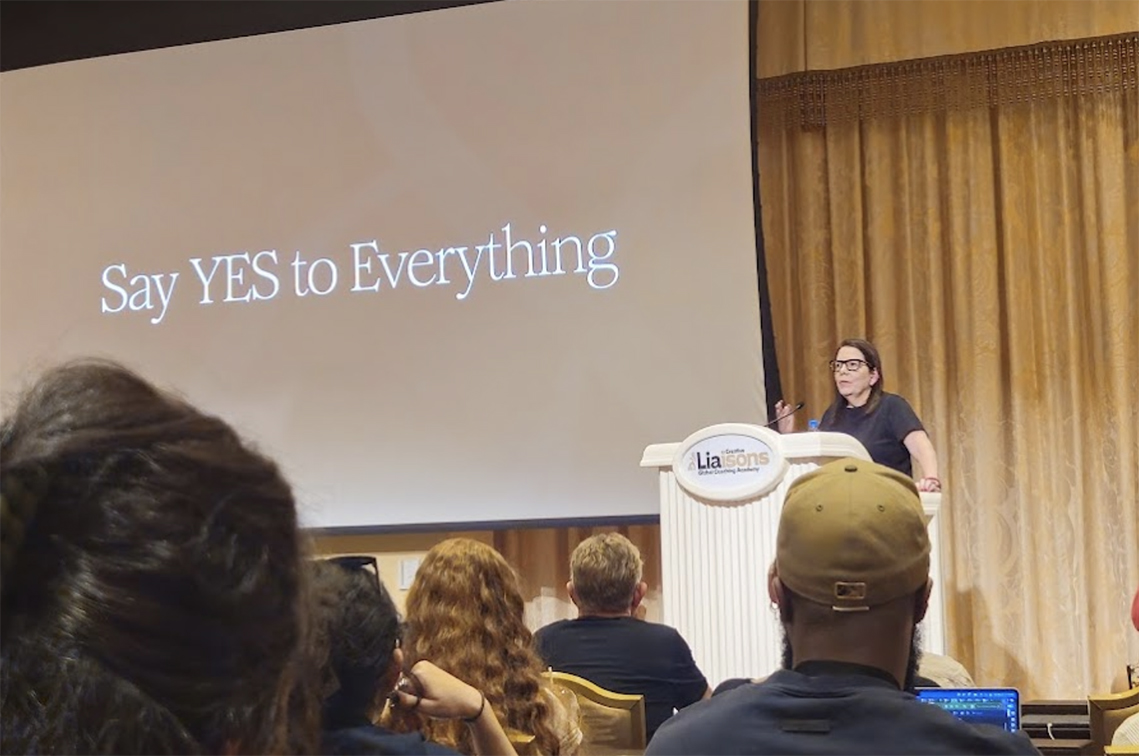
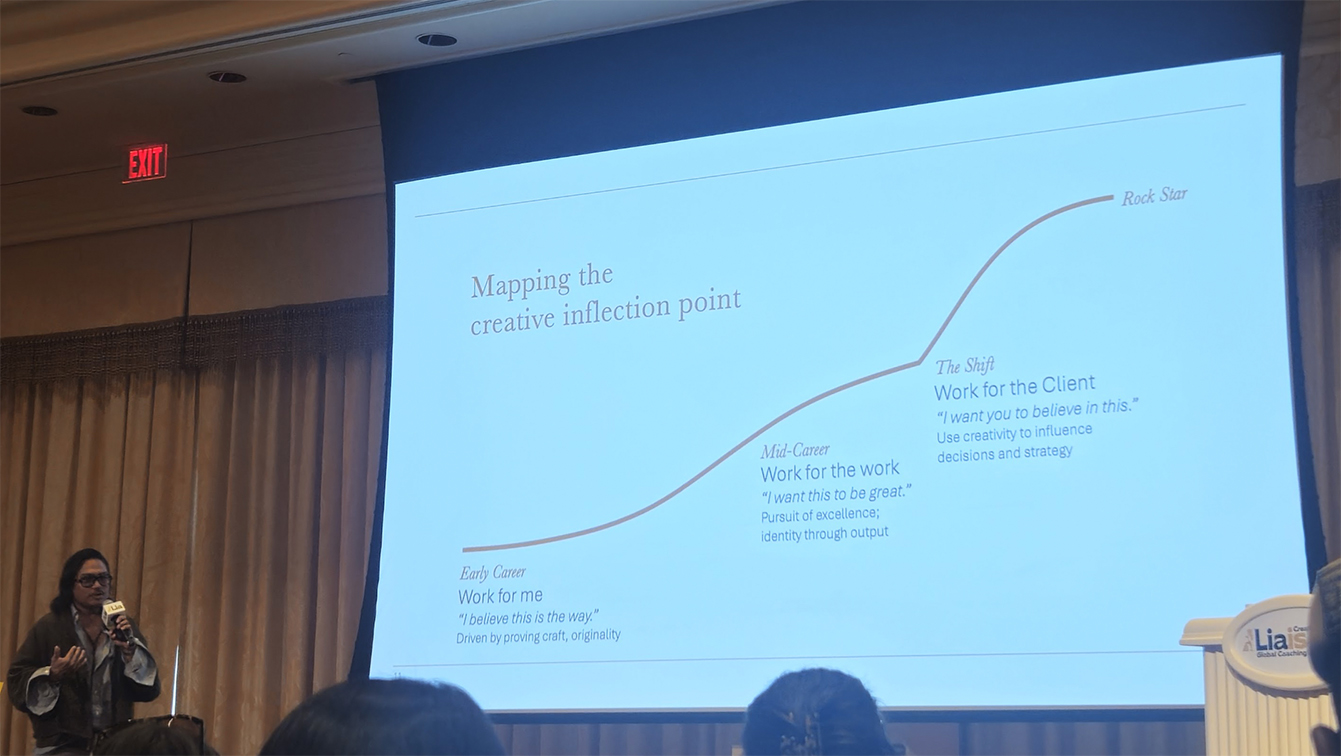
What Indian Advertising Can Take Away From This
Having now experienced Creative LIAisons, here’s what struck me about what’s possible—and what’s urgently needed for advertising in India:
1. We need transparent judging processes.
Most awards in India are complete black boxes. You submit work, it wins or doesn’t, and you never really understand why. The LIA model of bringing young creatives into jury rooms to observe and learn should be replicated here. Imagine if Abbys or Kyoorius did this, how much faster our industry would evolve. Transparency doesn’t just help individual creatives; it raises the bar for everyone.
2. We need to stop playing it safe.
Too much Indian advertising is a beautiful execution of familiar territory. Gorgeous films that follow every convention. Perfect craft applied to safe ideas. The LIA jury consistently rewarded brave work over polished work. We need that same bias for boldness in our market. Our clients may be risk-averse, but that’s exactly why we need to be braver, not more cautious.
3. Junior voices aren’t just the future, they’re the present.
Rey Tiempo’s point about listening to junior team members on gaming applies to everything. The youngest people in Indian agencies have the clearest read on where culture is headed, from Instagram Reels trends to regional language content to how Gen Z actually consumes media. Are we listening to them? Or are we still structuring our industry like wisdom only flows downward?
4. “Glocal” is a cop-out. Go local or go global, but commit.
Some of the most awarded work at LIA was fiercely local, deeply rooted in specific cultural contexts that didn’t apologize for themselves. Indian agencies often try to split the difference, making work that’s “glocal” (a term I’ve come to hate). The result? Work that’s neither authentically Indian nor globally resonant.
We need to stop diluting our Indianness to make it palatable for international awards or expat clients. The specificity IS the strength. When we lean into our languages, our festivals, our very particular brand of chaos and community—that’s when the work becomes undeniable.
5. We’re obsessed with the wrong metrics.
In the jury room, no one cared about views or reach unless those numbers demonstrated genuine impact. They cared about: Did this change behavior? Did this shift culture? Did this make people feel something they hadn’t felt before?
Indian advertising is drowning in “most-watched ad” and “highest engagement” claims. But are we making work that actually matters? That changes minds? That sticks with people years later?
6. Our case films are killing our work.
This one hurt to realize. Even when Indian agencies create brilliant work, we often tell the story poorly. Our case films are either too long, too complicated, or too focused on the process rather than the impact. The jury presidents were clear: you have 30 seconds to hook them. After that, you’re fighting for attention.
We need to get better at selling our ideas, not just to clients, but to the world.
The People Who Made It Real
130 young creatives from across the globe. That’s who I spent five days with. And the diversity of perspective was staggering, someone from Tokyo sees storytelling differently than someone from São Paulo, who sees it differently than someone from London.
These weren’t networking conversations. These were the kinds of talks you have with people who love this work as much as you do and are trying to figure out how to make it better.
I met people whose work I’d admired for years. I made friends who I know I’ll be collaborating with for decades. I realized that the best creative communities aren’t built on competition—they’re built on generosity.
What I’m Bringing Back to India
I’m flying back to Bengaluru with a completely recalibrated understanding of what makes work great:
● Specificity in judgment. Not “I like it” but “here’s exactly why this works and why it matters.”
● Conviction paired with humility. Defend your work passionately but stay open to seeing what you missed.
● Cultural confidence. Stop apologizing for work that’s rooted in Indian culture. That specificity is our strength, not our limitation.
● A bias for emotion over polish. Better to make someone feel something profound than to make something technically perfect that leaves them cold.
But more than tactics, I’m bringing back belief. Belief that advertising in India can produce work that doesn’t just win regional awards but dominates global stages. Belief that our stories, our insights, our executions can be world-class.
As Laurissa Levy told us on the final day: “You’re one of 130 young creatives who just had a front-row seat to some of the industry’s best minds. Now take what you’ve learned and transform your career.”
That’s exactly what I intend to do. And what I hope this experience inspires others in Asia to do as well.
Because what happened in Vegas? It’s not staying there. It’s coming home to reshape how we think about, make, and judge creativity in our market.
The question is: are we ready to raise our standards?
I am.
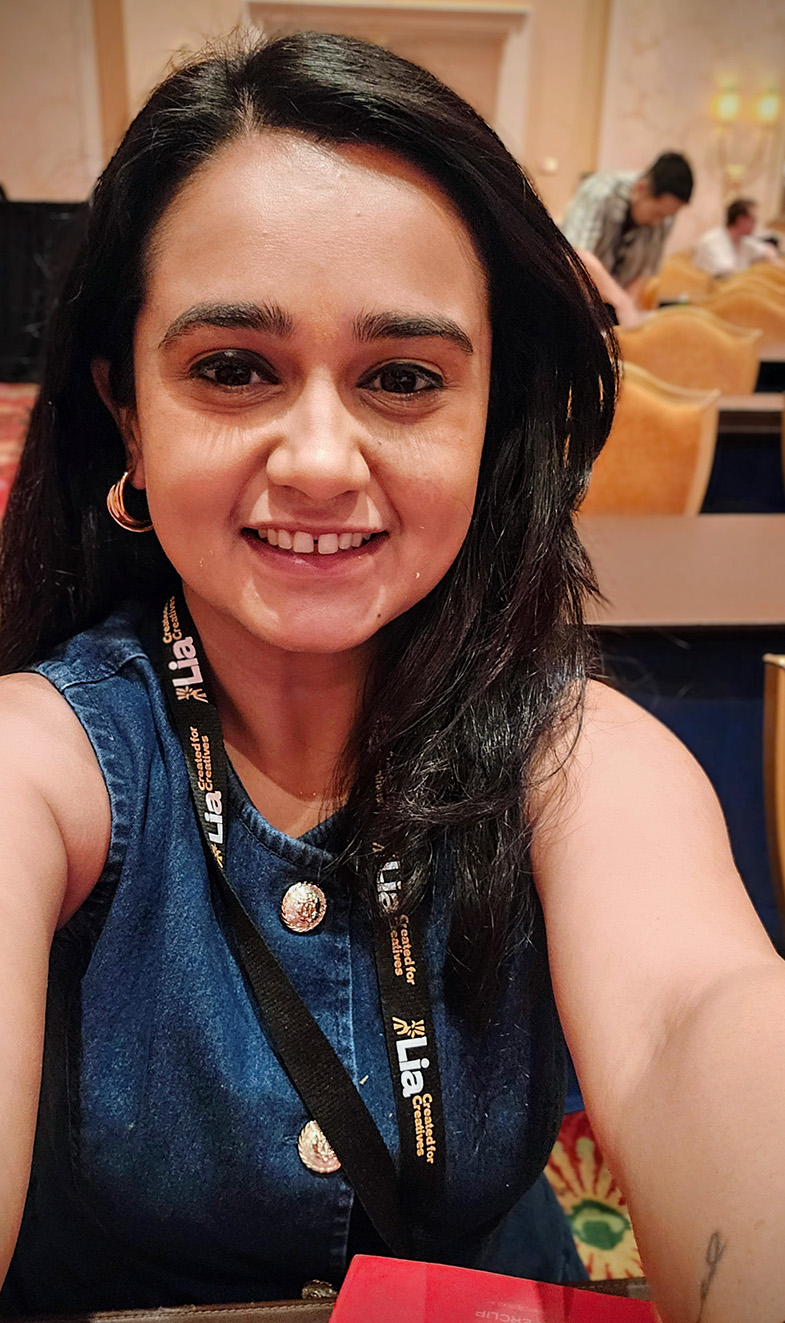
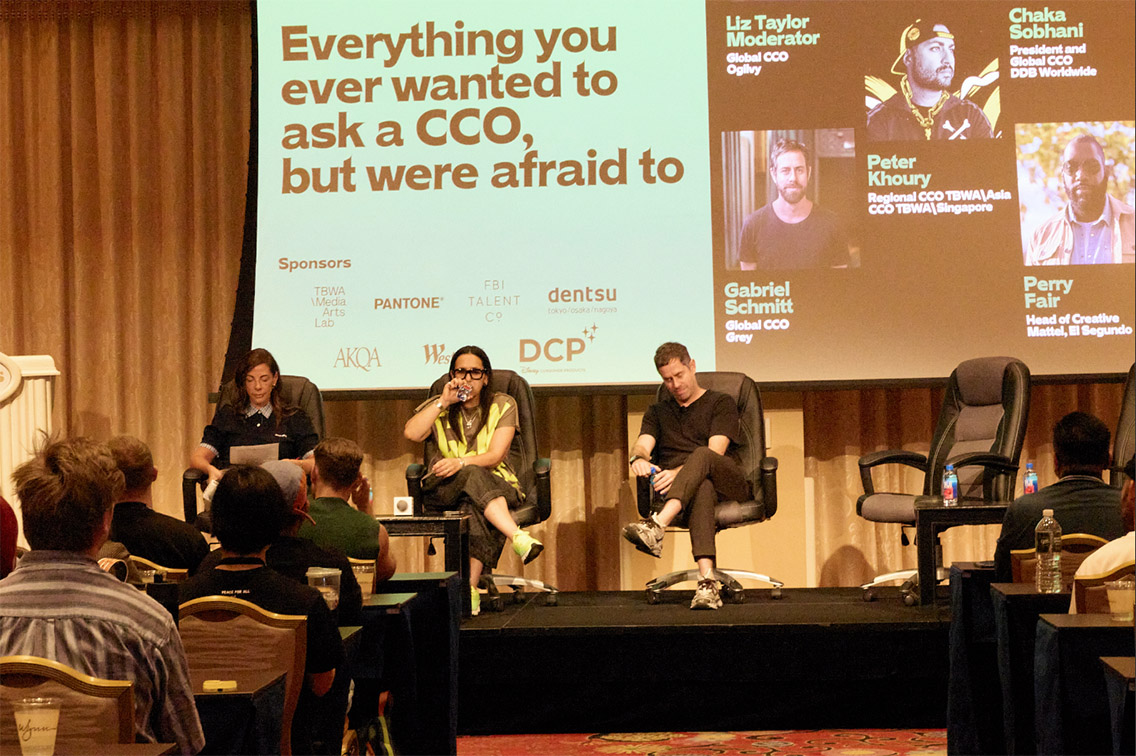
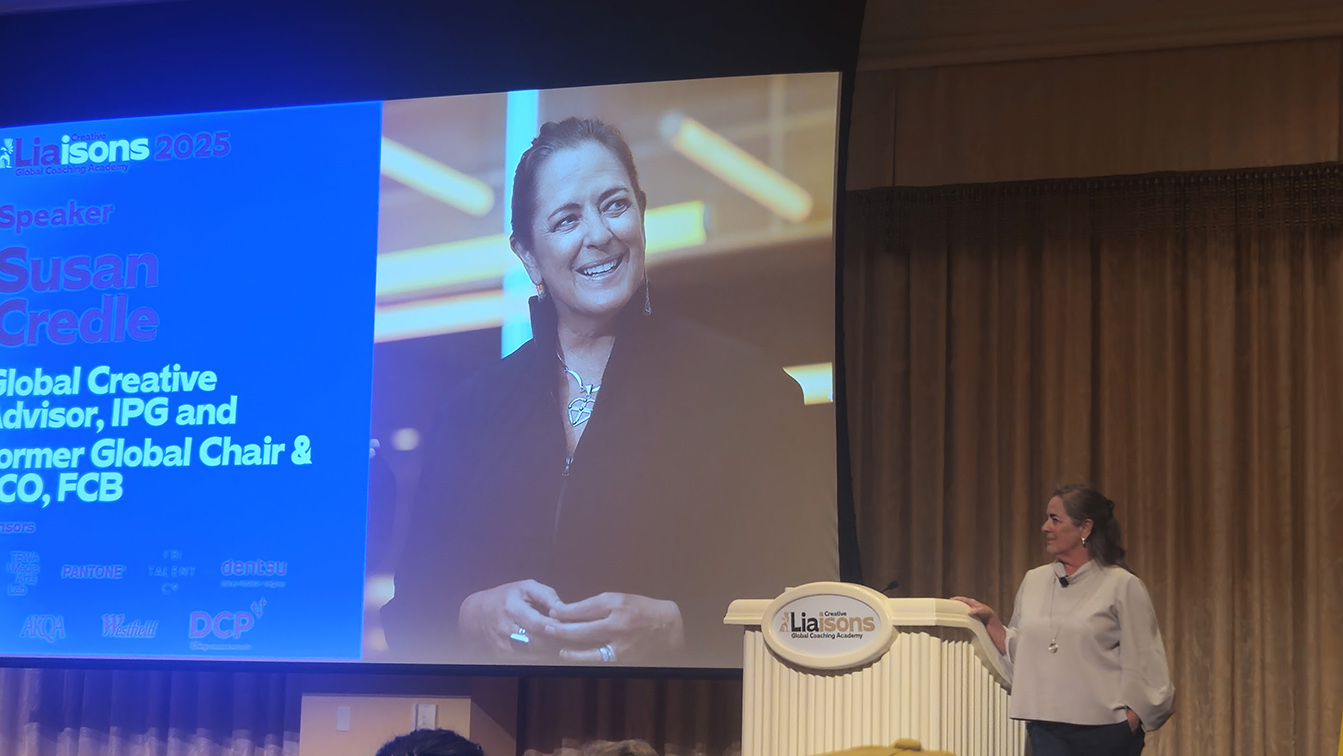
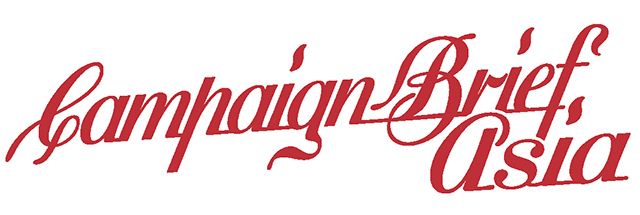
1 Comment
Tanvi, nailed exactly the LIA experience, this is why LIA funds 130 young people from around the world each year. It is gratifying to know we are giving back to the industry, and gratifying to know that it means so much to those lucky enough to attend.